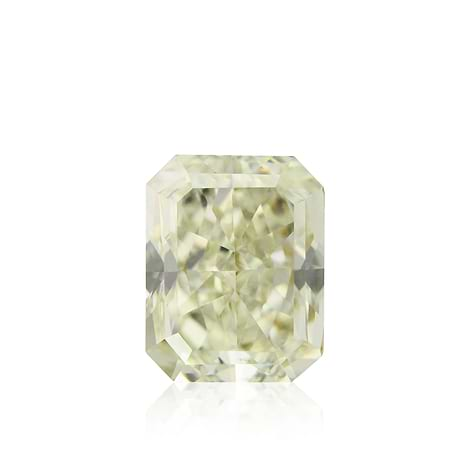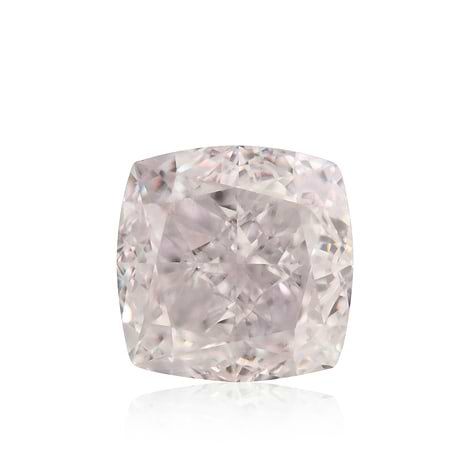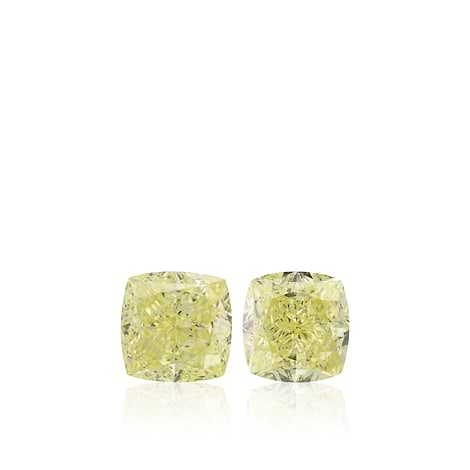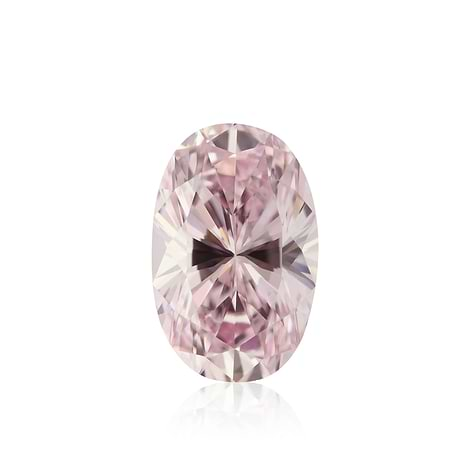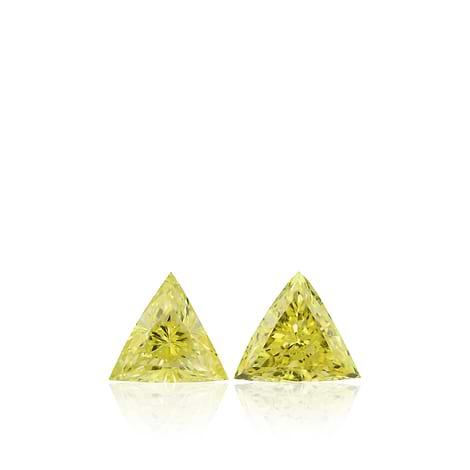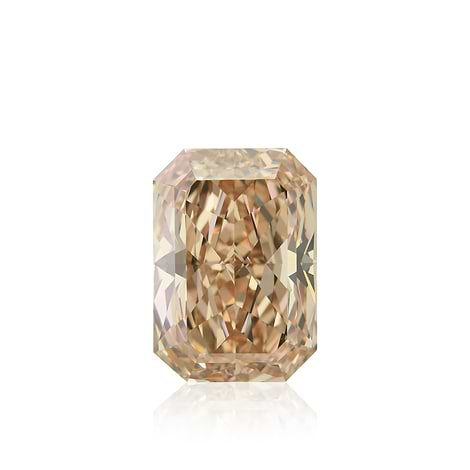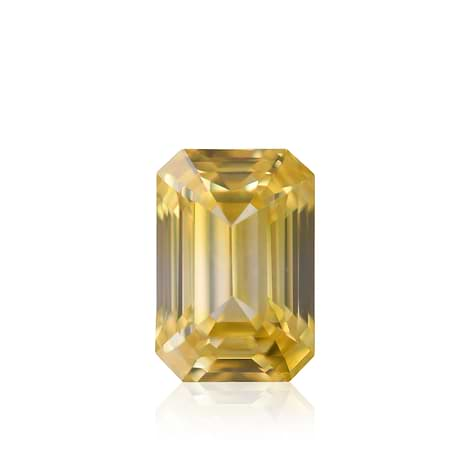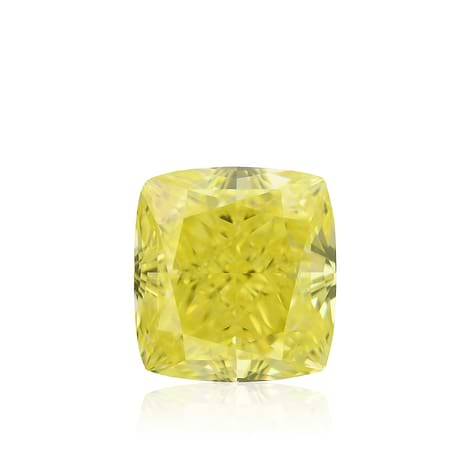Though diamonds are found in a tremendous range of sizes, especially in the rough, nothing compares to the rough 3,016-carat, 10.1-centimeter-high colorless diamond, from which nine principal stones were cut and created. Discovered at the Premier mine in South Africa in 1905, the enormous stone became known as the Cullinan Diamond, named after the chairman of the mining company, Thomas Cullinan.
Nine principal stones, ninety-six smaller stones, and nine carats of unpolished remains were produced from the rare gem. Now, seven of those principal stones, which have been put in different settings including brooches, a diamond ring, and a necklace, have been united and put on display as part of the Queen of England’s Diamond Jubilee.
Beginning on June 30th and commencing on July 8th, and then again from July 31st to October 11th, the exhibition will be part of Buckingham Palace’s summer opening later on in the year. The show is intended, among other things, to showcase several of the Queen’s personal jewelry and demonstrate how diamonds of different colors, shapes and sizes have been used and worn by British monarchs over the past two hundred years. Seven of the principal stones that were cut from the Cullinan Diamond will be presented. The Queen has worn many of these pieces during her 60-year reign. Once thought to be a worthless crystal, the Cullinan Diamond soon proved to be the largest diamond to be discovered before 1905 and the gem responsible for a number of the queen’s jewels.
The Cullinan diamond was known for its blue-white color and exceptional purity level. The rough diamond was found with a cloven face on one of its sides, suggesting that it could have been even bigger. Shortly after its initial discovery, the diamond was brought to London where King Edward VII inspected it. Although many potential buyers saw the stone, the Cullinan Diamond remained uncut since it was unknown how to go about it in the most intelligent way. It was finally decided to give the diamond to King Edward VII, who had it cut by IJ Asscher of Amsterdam. Two of the nine principal diamonds that the company had cut from the large stone became part of the Crown Jewels. These include the stone set on top of the Sovereign’s Scepter and the stone set in the Imperial State Crown. The remaining seven diamonds were set in a variety of settings for Queen Mary.

